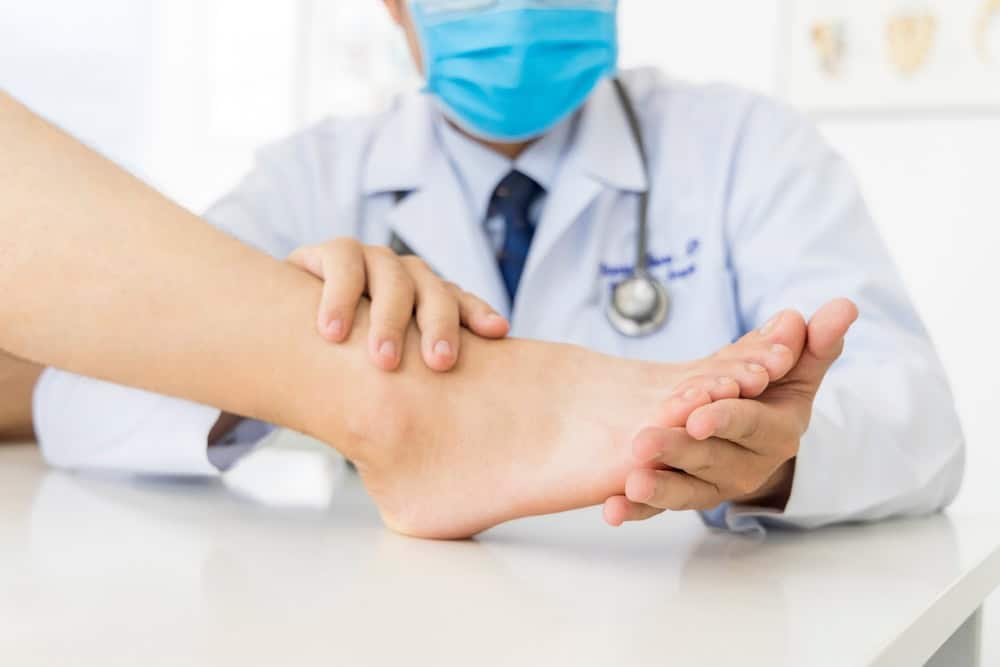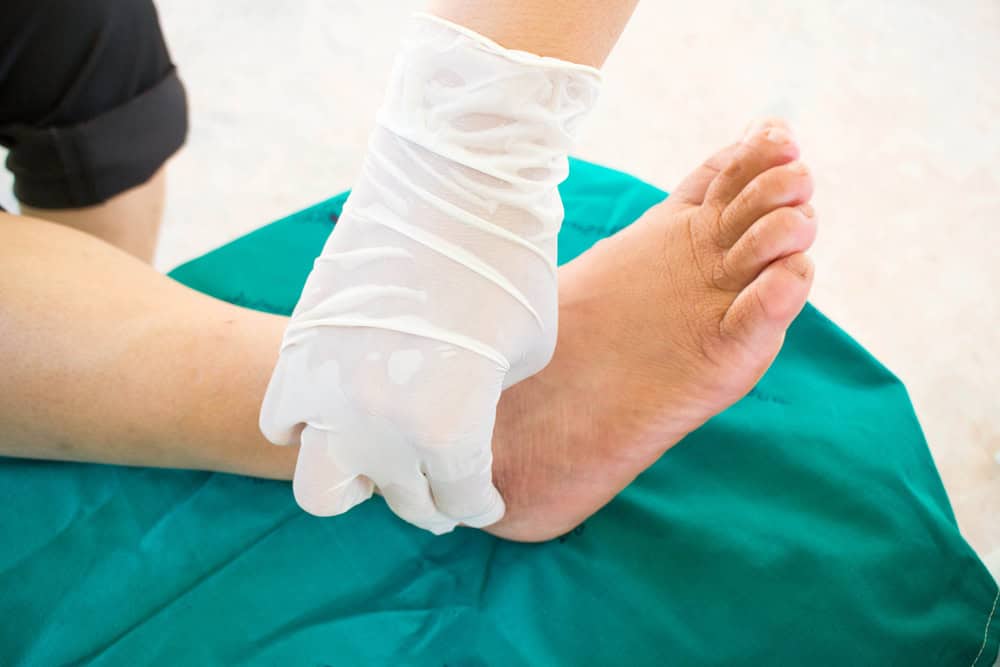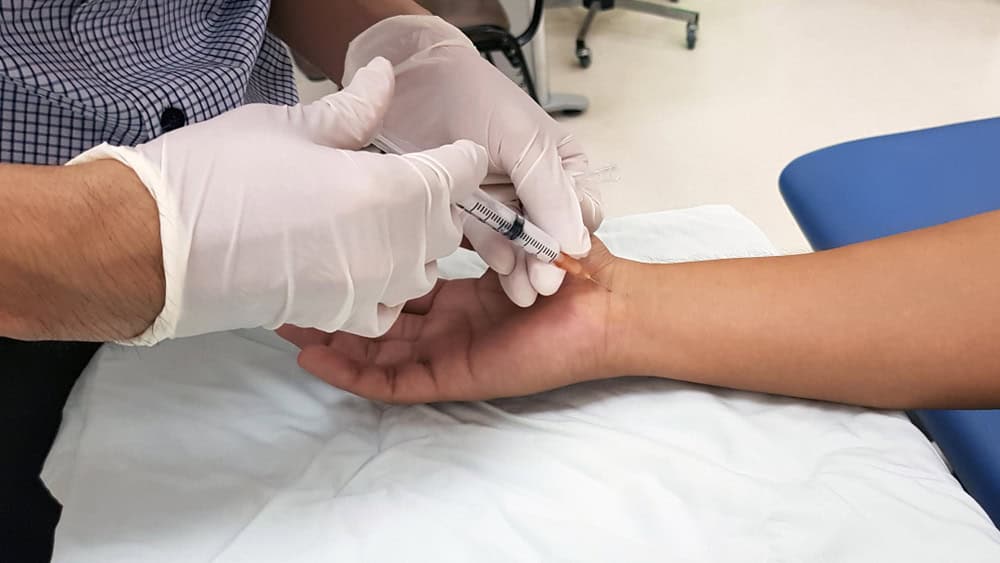Seeking relief from chronic nerve pain? At NY Spine Medicine, our neuropathy doctor provides treatments to address peripheral neuropathy and reduce nerve damage symptoms, helping you regain mobility and comfort.

Reviews

At NY Spine Medicine, our Queens, NY neuropathy doctor provides targeted care for peripheral neuropathy and chronic nerve pain treatment. We use advanced diagnostic tools to assess nerve function and develop treatment plans that are designed to meet each patient’s unique needs.
Our approach to nerve damage treatment includes nerve conduction studies, EMG testing, physical therapy, and nerve stimulation therapies to improve mobility and minimize symptoms. No matter the severity of your condition or the cause, our neuropathy specialists in Queens are ready to help you find relief and regain control of your daily life.


Ready to get started?
Living with peripheral neuropathy or chronic nerve pain can make everyday tasks difficult, but the right treatment can help you regain comfort and mobility. At NY Spine Medicine, our neuropathy specialists in Queens focus on identifying the root cause of nerve damage and creating personalized treatment plans to manage symptoms.
We use advanced therapies such as nerve stimulation, regenerative medicine, and physical therapy to target the effects of neuropathy and help restore function. Don’t let nerve pain take control of your life; find lasting relief with NY Spine Medicine today. Schedule an appointment with our Queens, NY neuropathy doctor to get started.

The first European settlement in the region was the Dutch, who established the colony of New Netherland. The first settlements were established in 1635 followed by further settlement at Maspeth in 1642 (ultimately unsuccessful), and Vlissingen (now Flushing) in 1645. Other early settlements included Newtown (now Elmhurst) in 1652 and Jamaica in 1655. However, these towns were mostly inhabited by English settlers from New England via eastern Long Island (Suffolk County) who were subject to Dutch law. After the capture of the colony by the English and its subsequent renaming as New York in 1664, the area (and all of Long Island) became known as Yorkshire.
The Flushing Remonstrance signed by colonists in 1657 is considered a precursor to the United States Constitution’s provision on freedom of religion in the Bill of Rights. The signers protested the Dutch colonial authorities’ persecution of Quakers in what is today the borough of Queens.
| Part of a series on |
| Long Island |
|---|
 |
| Topics |
|
| Regions |
|
Originally, Queens included the adjacent area now comprising Nassau County. It was an original county of New York State, one of twelve created on November 1, 1683. The county is presumed to have been named after Catherine of Braganza, since she was queen of England at the time (she was Portugal’s royal princess Catarina, daughter of King John IV of Portugal). The county was founded alongside Brooklyn (Brooklyn, which was named after her husband, King Charles II), and Staten Island (Staten Island, named after his illegitimate son, the 1st Duke of Richmond). However, the namesake is disputed. While Catherine’s title seems the most likely namesake, no historical evidence of official declaration has been found. On October 7, 1691, all counties in the Colony of New York were redefined. Queens gained North and South Brother Islands as well as Huletts Island (today known as Rikers Island). On December 3, 1768, Queens gained other islands in Long Island Sound that were not already assigned to a county but that did not abut on Westchester County (today’s Bronx).
Learn more about Queens.Local Resources
New York:
Florida:
Support